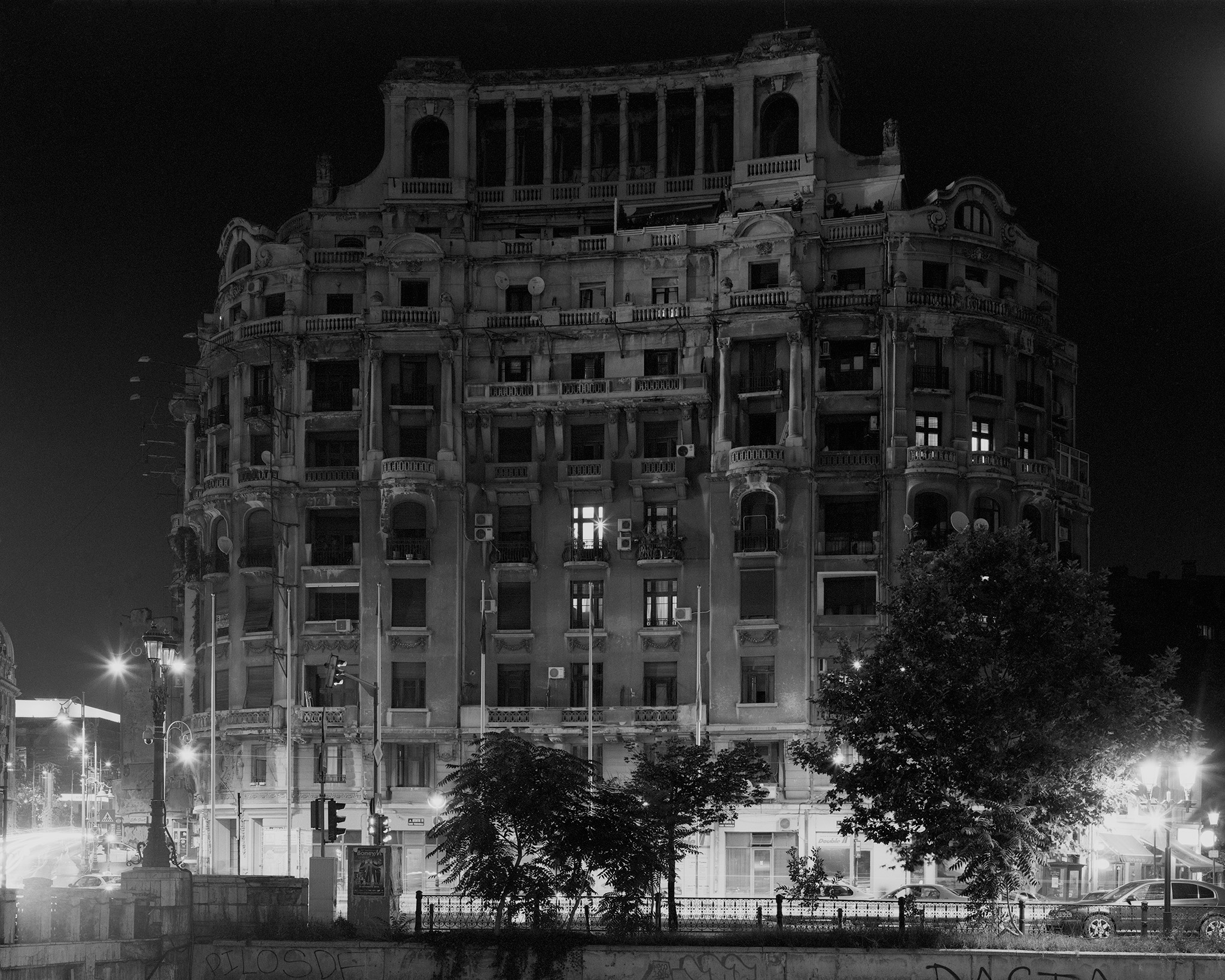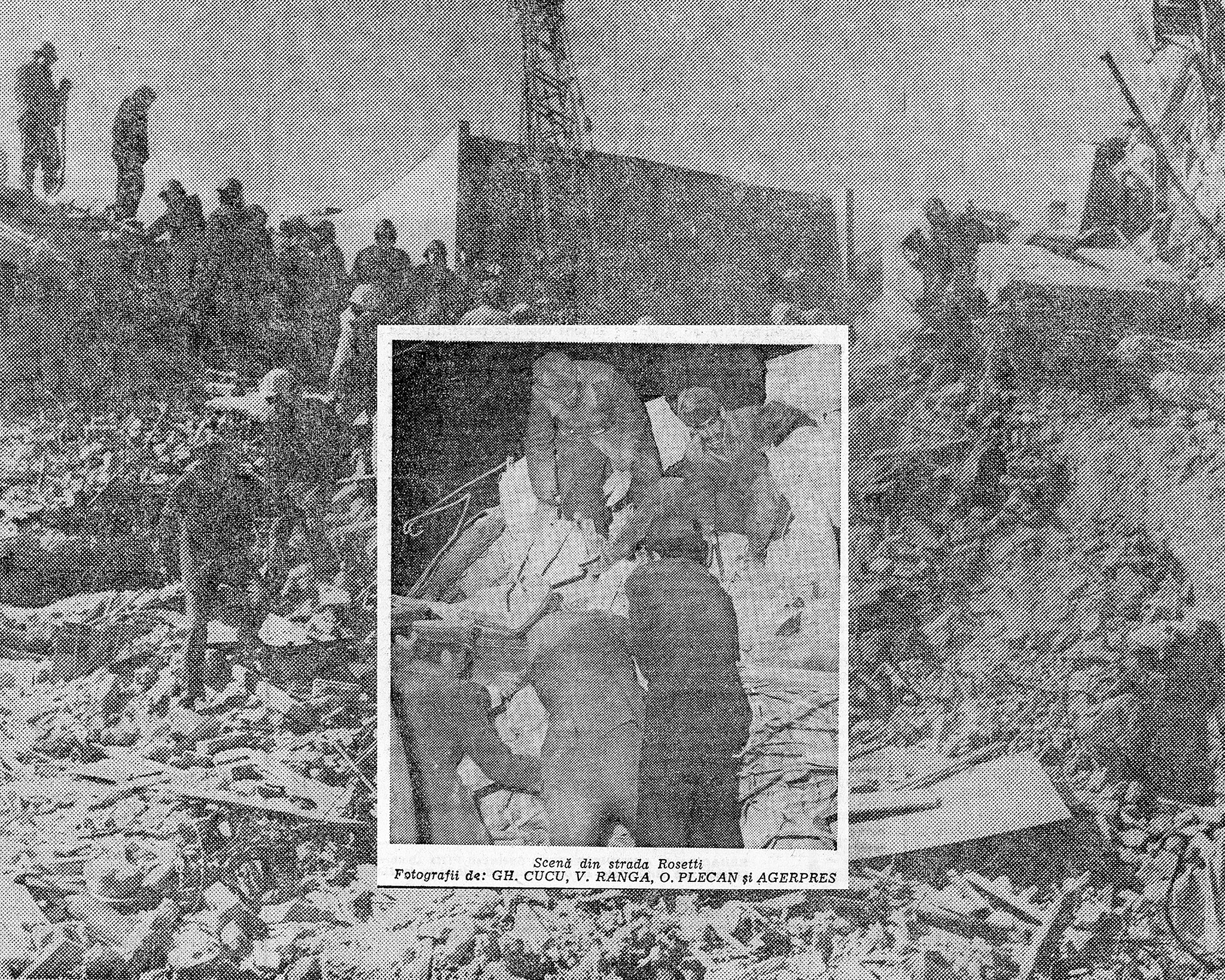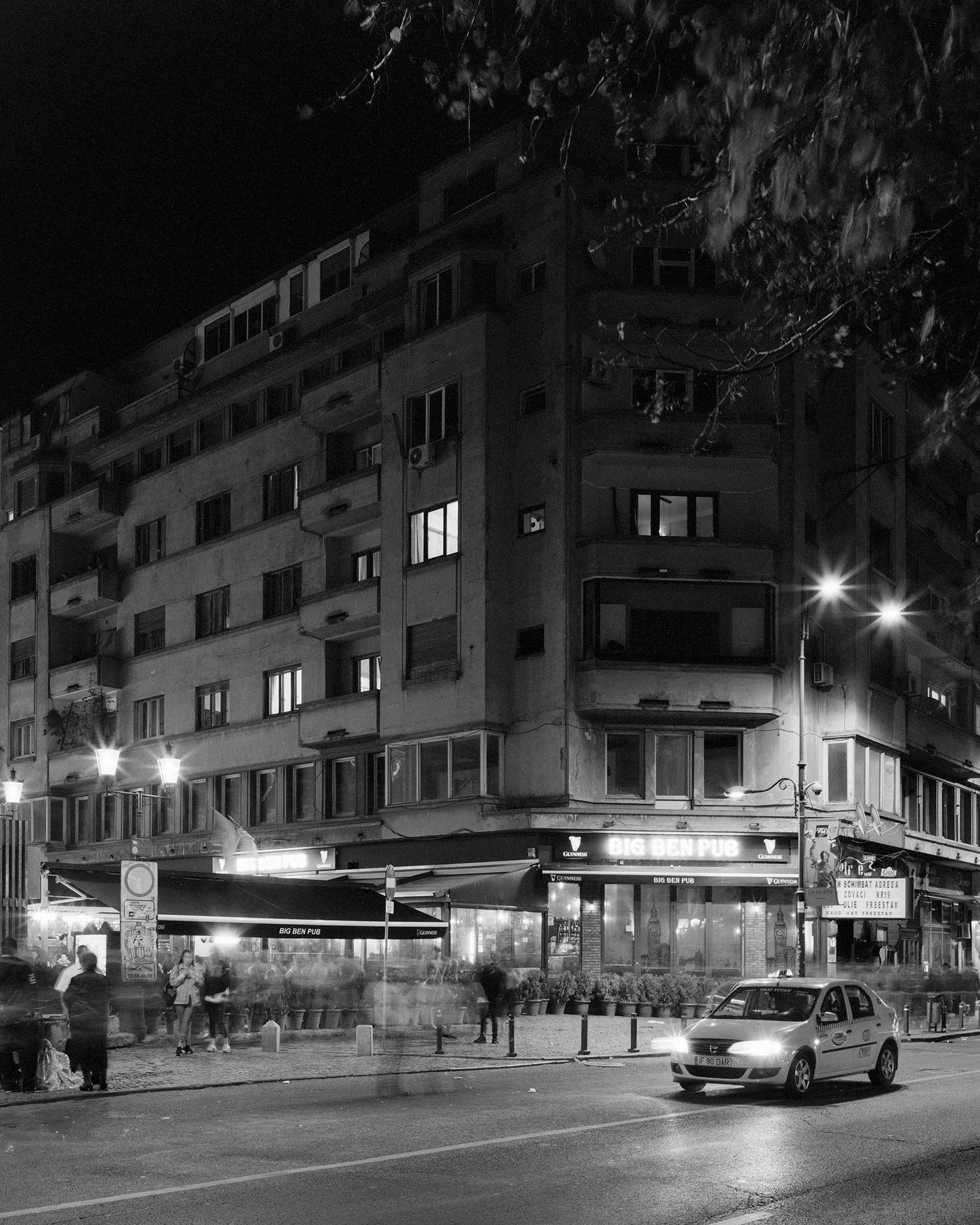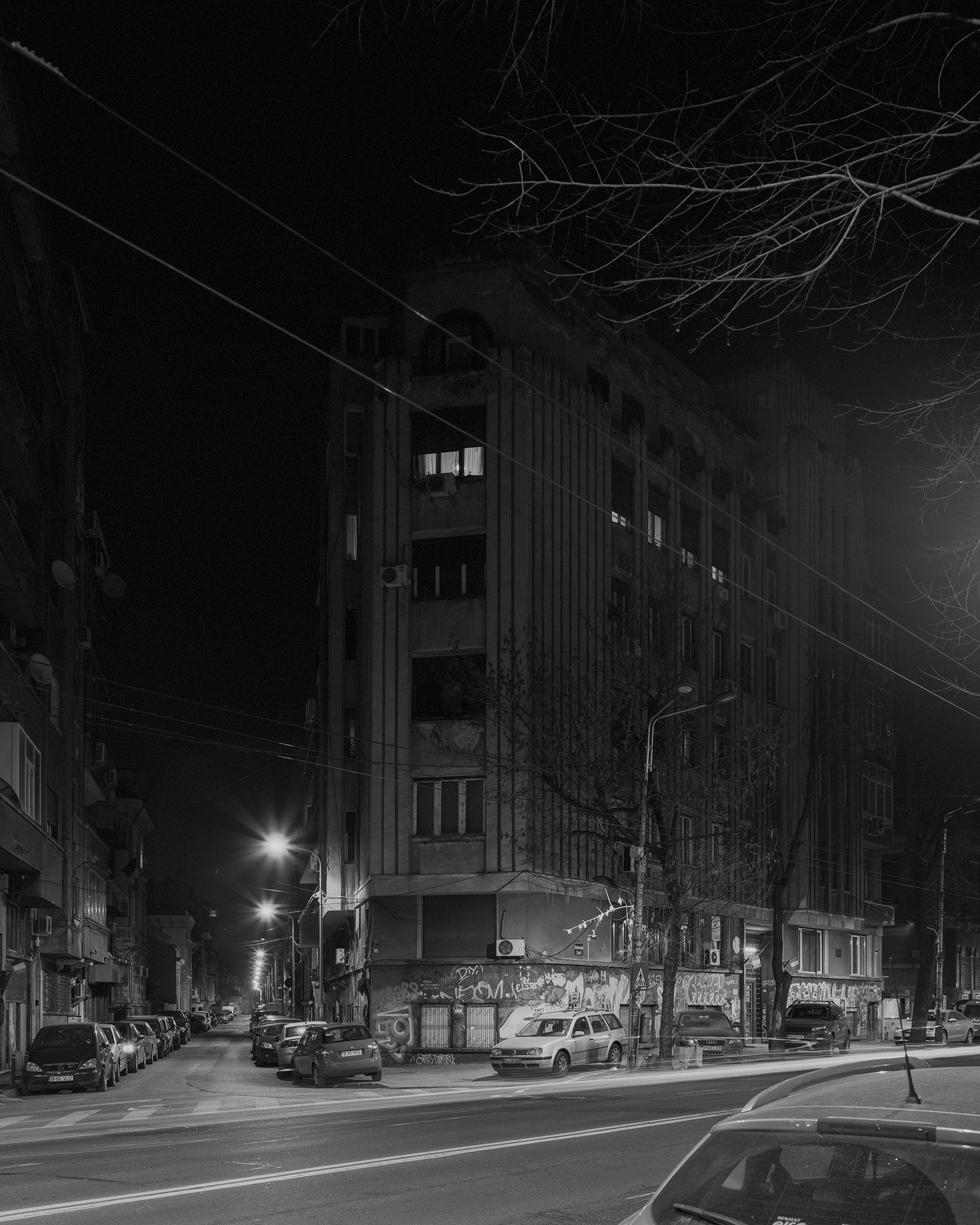The Lights Are Still On
Reenactment with five sequences depicting how my father experienced the earthquake on March 4, 1977. The shots were filmed inside my childhood apartment, where he often shared his memories from that night.
![]()
![]()
It was a warm spring evening, and the National Television was broadcasting "Sladko i Gorchivo," a Bulgarian drama film, in living rooms across Romania. Suddenly, everything began to tremble. The ceiling lamp swayed, a glass of water toppled to the floor, and the buildings outside shook like leaves. After 56 seconds, there was only silence, dust, and darkness. This was one of the most devastating earthquakes in Romania's history, striking on March 4, 1977, at 21:22 with a magnitude of 7.2.
Reenactment with five sequences depicting how my father experienced the earthquake on March 4, 1977. The shots were filmed inside my childhood apartment, where he often shared his memories from that night.
The video shows a typical Romanian living room interior, capturing the environment in which most residents would have experienced the earthquake on March 4, 1977. The video is 56 seconds long, mirroring the duration of the earthquake itself. The audio, the only surviving record of the event, captures the sounds from a concert hall during the quake.
At the time, there were only two broadcasting TV channels. The Bulgarian drama film "Sladko i Gorchivo" was airing on the main channel of The National Romanian Television when the earthquake struck. The first signs of the earthquake are evident as a glass of water begins to tremble on the table. Objects inside a bookshelf may fall, the ceiling lamp sways, windows crack, and the view from outside captures the chaos unfolding. While nothing visibly happens in the video, the ominous sounds create a sense of imminence, making it feel as though an earthquake could strike at any moment.


Bucharest, the capital, was hit the hardest, with over 1,300 lives lost and 33 buildings completely collapsed. These numbers are hard for me to grasp, as I wasn’t born yet. But my father, who lived on the sixth floor of an apartment building, experienced the earthquake firsthand. He shared many stories with me when I was a child and kept an archive of newspapers from those days. As I browsed through this archive, I found a mix of raw facts and state propaganda. Grim photographs of collapsed structures were interspersed with staged images of Nicolae Ceaușescu visiting damaged sites. The articles praised his words and glorified the regime, focusing on heroic survival stories, without a single word of criticism. For me, however, the most striking element was a piece of audio - the only surviving record of the event, that captures the sounds from a concert hall during the quake.













